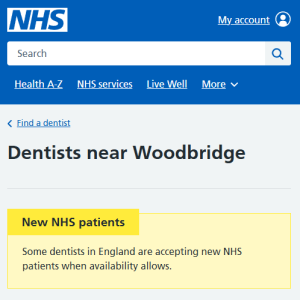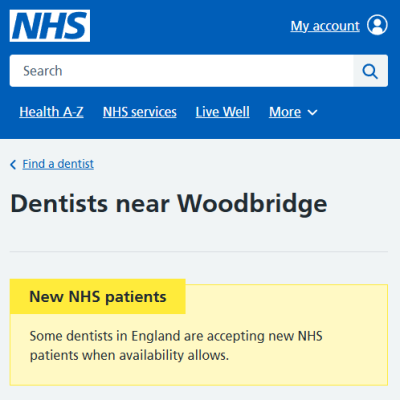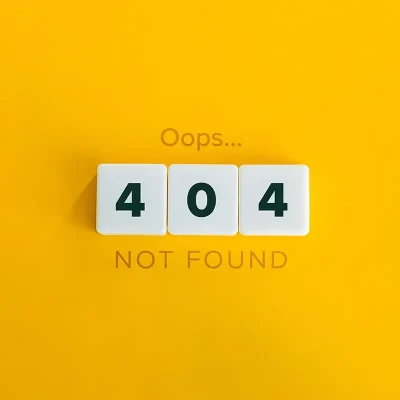In this article our Systems Director Gareth uses his experience working within the NHS to look at the challenges that dentist practices have in publishing availability information, as NHS capacity runs scarce.
Access to NHS dental appointments has been in the news again recently following reports of patients being scammed by false advertising on social media platforms asking them to pay to access NHS dentists which turned out to be non-existent. There have also been calls for a website to be built that can inform people whether there are any NHS dentists in their area taking on patients.
There is information about whether a dentist is taking on NHS patients on the service search section of the NHS.uk website but the site itself has a message that says “Some dentists in England are accepting new NHS patients when availability allows”. The reason for that message being displayed before the user sees any results relates to the complexity of working with NHS data and organisations. Although we talk of the NHS as if it is one large institution at the primary care level i.e. GPs, Dentists, Opticians and Pharmacists it is actually a collection of small businesses that are paid to deliver services.

According to the Kings Fund website there are around 11,000 dental practices in England all of which are private businesses and could be individuals or a collective of dentists working together. Unlike for access to GPs there is no requirement to be registered with a particular dentist in order to receive NHS treatment but since only some of those 11,000 dental practices will accept new adult NHS patients at any one time it is easy to see the value of making that information readily available to those in need of treatment some of whom may have been waiting years for a dentist to become available.
So here’s the first potential problem for anyone trying to get this information to patients, there would need to be a mechanism whereby any one of those 11,000 practices can be marked as accepting NHS patients and, at the point that they decide to stop accepting patients, they must then be unmarked so they do not continue to be inundated with requests. As those 11,000 practices are independent businesses they will all maintain their own individual systems, so there is unlikely to be any automated feed of availability to populate a website with the latest information. They may also be a very small business whose priority will be seeing and treating patients, not updating information on a website.
Before the NHS.uk site contained this information I worked in a team who built a local service locator which was able to indicate whether a dentist was taking on new NHS patients. That system relied on communication between a team of commissioners and the dental practices themselves to keep the information up to date. That was acceptable at a local level but to try and keep up with thousands of different practices would be unworkable. The NHS.uk service search relies on each practice to be able to update their own information or for a local team to update information on the dentists in their area.
Having considered some of the issues with obtaining and presenting data about availability of NHS dentistry it is clear that whilst it has some issues in terms of timeliness of the data the NHS.uk service search facility should still be considered the trusted resource for this information and any local initiatives should first consider how best to support the timely update of information on NHS.uk rather than diluting its usefulness by building something independent.
Our team has decades of experience developing systems, if you need help getting your system to work better for you, or to begin the step of digitalising your organisation then we’d love to hear from you.



